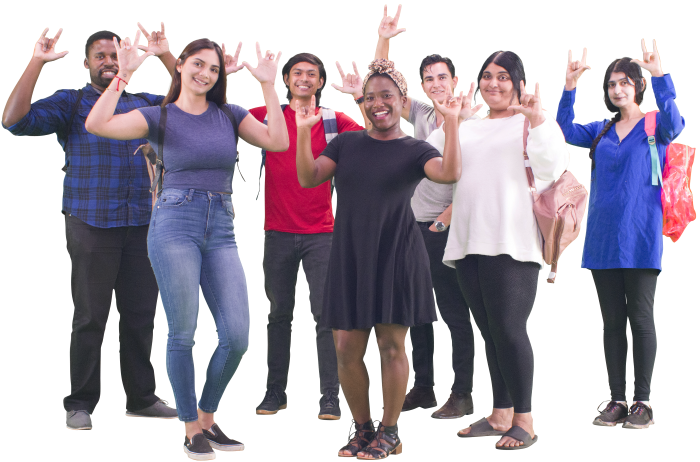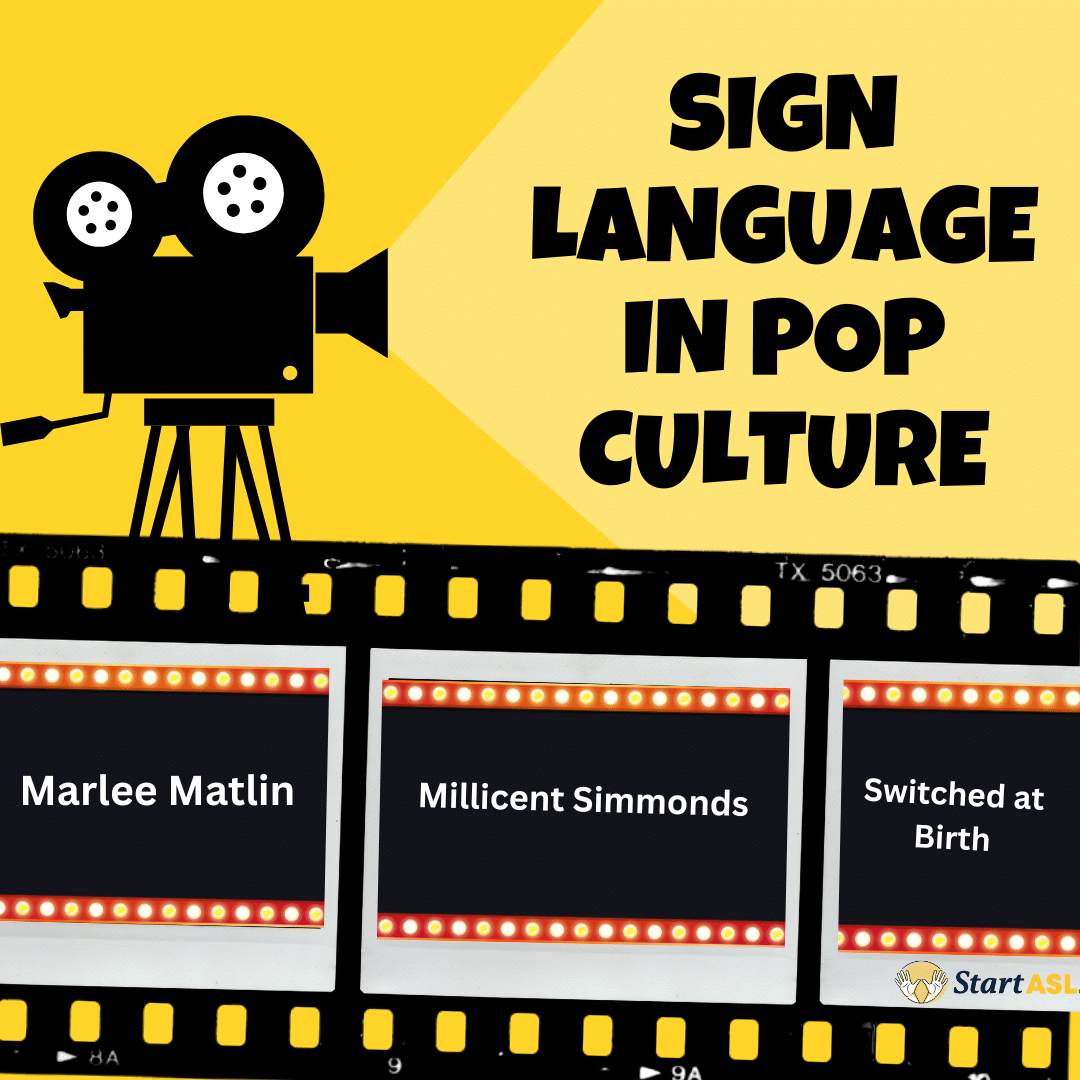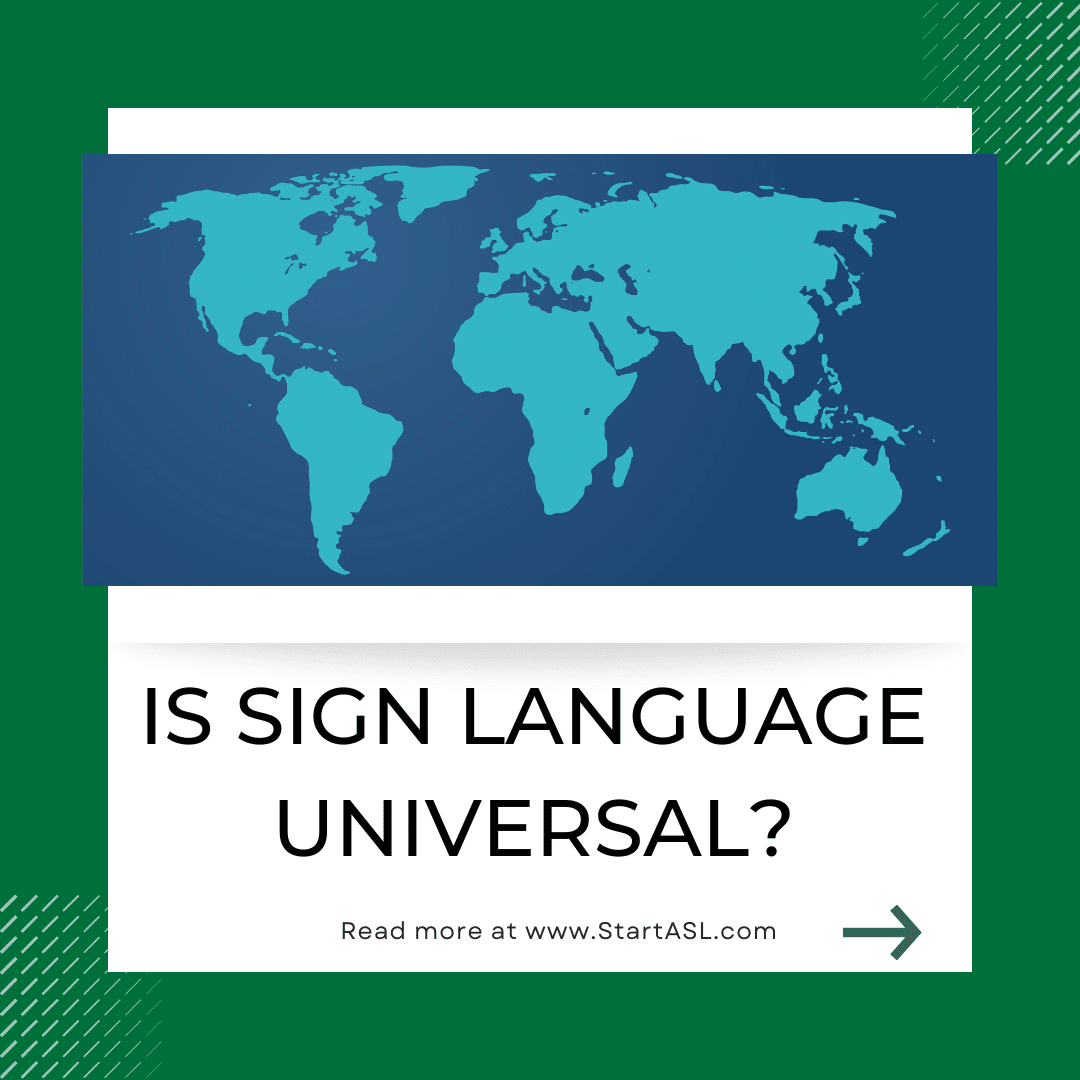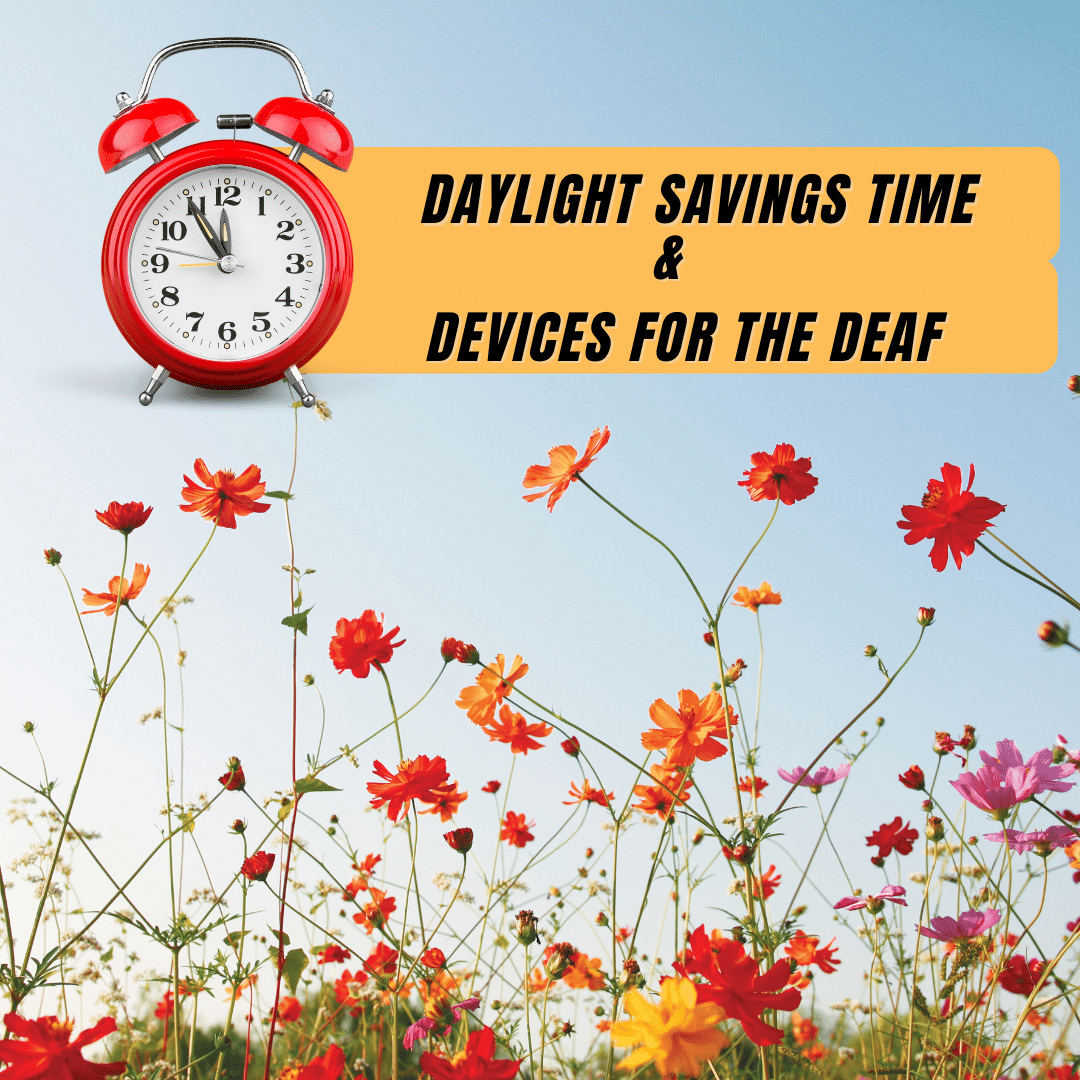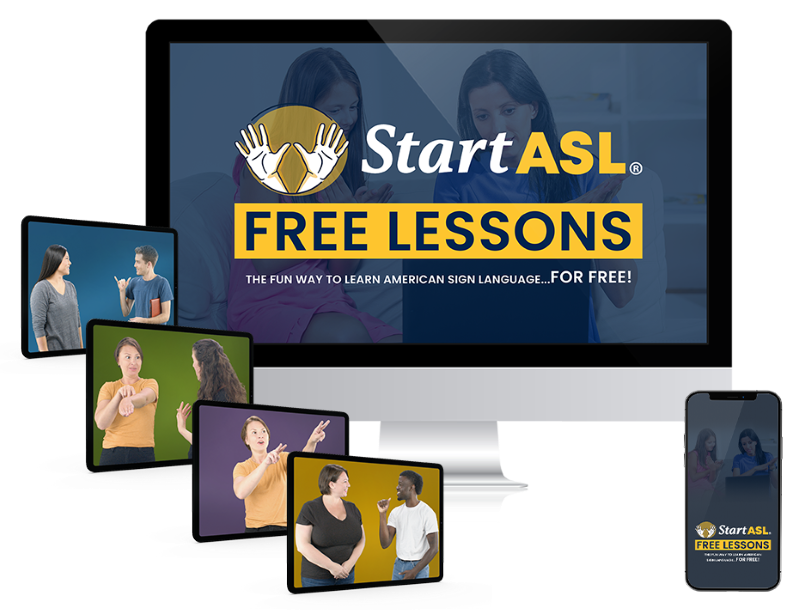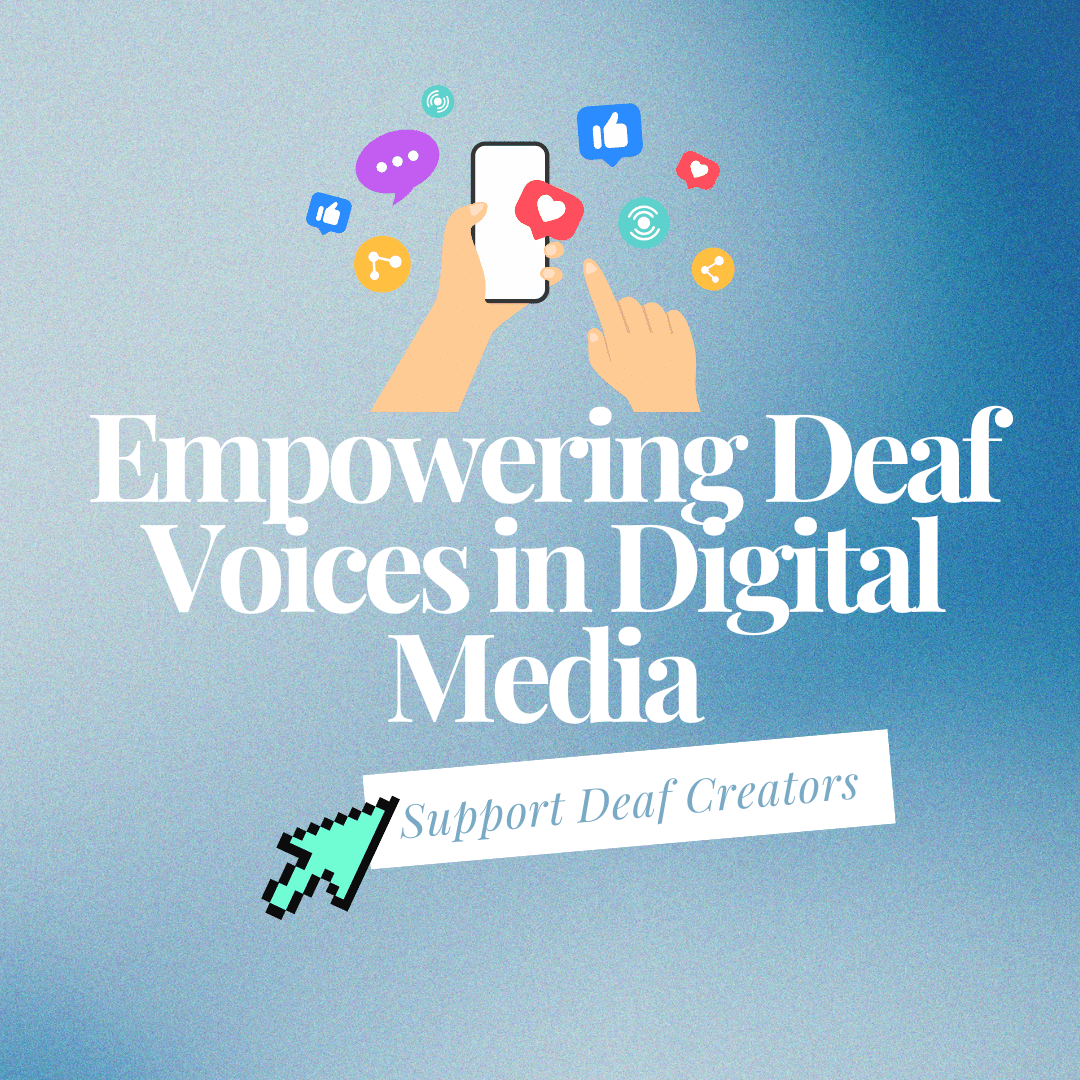
Empowering Deaf Voices in Digital Media
- by Start ASL
- No Comments
The digital age has opened up a world of possibilities for Deaf content creators. Platforms like YouTube, Instagram, and TikTok allow individuals to showcase their talents and share their stories in unique and engaging ways. These platforms have become vital spaces for Deaf artists to connect with audiences, both within and outside of the Deaf Community. They provide an avenue for Deaf creators to bypass traditional media gatekeepers, allowing them to present their narratives without alteration or misinterpretation. The democratization of content creation means that anyone with access to a smartphone or computer can become a creator, leveling the playing field for Deaf individuals.
Breaking Barriers with Technology
Advancements in technology have played a crucial role in breaking down barriers for Deaf content creators. With tools like video editing software, and closed captioning, Deaf individuals can create content that is accessible to a broader audience. These technologies not only facilitate the creation of content but also enhance its reach and comprehension. This not only helps in sharing their work but also in educating others about Deaf Culture and the importance of inclusivity. As technology continues to evolve, it promises even more innovative solutions that can further bridge the communication gap.
Building Communities Online
Digital media has also fostered the growth of online communities where Deaf individuals can connect, collaborate, and support one another. Social media groups and forums dedicated to Deaf culture provide a space for sharing experiences, advice, and resources. These communities serve as a haven for Deaf individuals who may feel isolated in predominantly hearing environments, offering a sense of belonging and solidarity. This sense of community is invaluable for many Deaf creators, offering encouragement and inspiration. By connecting with peers who share similar experiences, Deaf individuals can find mentors, collaborators, and friends, enriching their personal and professional lives.
The Role of ASL in Digital Media
American Sign Language (ASL) is a powerful tool for communication and storytelling. In digital media, ASL is being used in innovative ways to bring Deaf stories to life. From vlogs to educational content, ASL allows Deaf creators to express themselves fully and authentically. It provides a visual and dynamic method of storytelling that resonates deeply with viewers, whether they are Deaf or hearing. The use of ASL in digital media not only highlights its beauty and expressiveness but also challenges stereotypes and misconceptions about Deaf communication.
ASL and Visual Storytelling
Visual storytelling is at the heart of digital content creation, and ASL is a natural fit for this medium. The expressive nature of sign language adds depth and nuance to stories, making them more engaging and relatable. Through gestures, facial expressions, and body language, ASL conveys emotions and narratives in a way that transcends spoken language barriers. Deaf content creators use ASL to convey emotions, humor, and complex narratives that resonate with both Deaf and hearing audiences. This visual richness not only enhances the storytelling experience but also provides a unique cultural perspective that enriches the viewer’s understanding.
Educating Through ASL
Many Deaf creators use their platforms to educate others about ASL and Deaf culture. Tutorials, lessons, and informative videos help demystify sign language and promote understanding. By sharing their knowledge, these creators are helping to bridge the gap between the Deaf and hearing communities. Educational content in ASL not only teaches the language but also imparts valuable lessons about Deaf history, identity, and advocacy. This educational outreach is crucial in promoting inclusivity and fostering a more informed and empathetic society.
Challenges Faced by Deaf Creators
While digital media offers many opportunities, Deaf content creators still face challenges. Accessibility, representation, and bias are ongoing issues that require attention and action. These challenges are compounded by systemic barriers that have historically marginalized Deaf individuals, making it imperative to address them comprehensively.
Accessibility Issues
Despite technological advancements, accessibility remains a significant hurdle. Not all platforms support closed captioning or provide adequate tools for Deaf creators to engage with their audience. This can limit the reach of their content and exclude potential viewers. Even when accessibility features are available, they may not be optimized for Deaf creators, requiring additional time and resources to implement. Ensuring that digital platforms prioritize accessibility is essential for fostering an inclusive environment where Deaf creators can thrive.
Representation and Bias
Representation is crucial for fostering diversity and inclusion in media. Unfortunately, Deaf creators are often underrepresented, and their work may not receive the recognition it deserves. The lack of representation can perpetuate stereotypes and ignorance about Deaf culture, further marginalizing the community. Bias, both conscious and unconscious, can also impact the visibility and success of Deaf content. Addressing these biases requires active effort from both creators and consumers to seek out and support diverse voices.
The Impact of Empowered Deaf Voices
Empowering Deaf voices in digital media has far-reaching effects. It promotes diversity, enhances cultural understanding, and inspires future generations of Deaf creators. The amplification of these voices not only enriches the media landscape but also contributes to a more just and equitable society.
Promoting Diversity and Inclusion
By amplifying Deaf voices, digital media promotes a more diverse and inclusive landscape. This diversity enriches content and encourages audiences to engage with different perspectives. Exposure to diverse narratives fosters empathy and broadens understanding, challenging preconceived notions and biases. It also highlights the importance of accessibility for all creators, regardless of their background or abilities. A diverse media landscape reflects the richness of human experience and contributes to a more connected global community.
Inspiring Future Generations
Deaf content creators serve as role models for young Deaf individuals who aspire to share their stories and talents. By seeing successful Deaf creators, young people are encouraged to pursue their passions and believe in their potential. Representation matters, and seeing people who share similar experiences succeed can have a profound impact on one’s self-perception and aspirations. This inspiration can lead to greater representation and visibility for the Deaf community in media and beyond. As more young Deaf individuals are inspired to create, the future promises a more inclusive and vibrant media landscape.
Supporting Deaf Content Creators
To continue empowering Deaf voices, it’s essential to support Deaf content creators and advocate for change. Supporting these creators involves both individual actions and collective advocacy to ensure their voices are heard and valued.
Advocate for Accessibility
Advocating for better accessibility features on digital platforms is crucial. Support initiatives that promote closed captioning, sign language interpretation, and other tools that make content more accessible to Deaf audiences. By demanding these features, consumers can influence platform policies and encourage the development of more inclusive technologies. Accessibility should be a standard, not an afterthought, and collective advocacy can drive meaningful change.
Support Deaf Creators
Supporting Deaf content creators on social media starts with following, liking, commenting, and sharing their content to boost visibility and engagement. Always respect their identity—don’t reduce them to inspiration, and use accurate terms like “Deaf,” “hard of hearing,” or “DeafBlind.” Caption your own videos, use alt text, and promote accessibility in your content to create a more inclusive space. To discover more creators, check hashtags like #DeafCreator, #DeafTalent, and #DeafTok to explore a wide range of content across different genres and platforms.
Conclusion
Empowering Deaf voices in digital media is a crucial step towards a more inclusive and diverse world. As technology continues to evolve, so too will the opportunities for Deaf content creators to share their stories and talents. By supporting and amplifying these voices, we can foster a more understanding and connected society for all. The journey towards inclusivity is ongoing, and each step we take brings us closer to a world where all voices are valued and heard.

